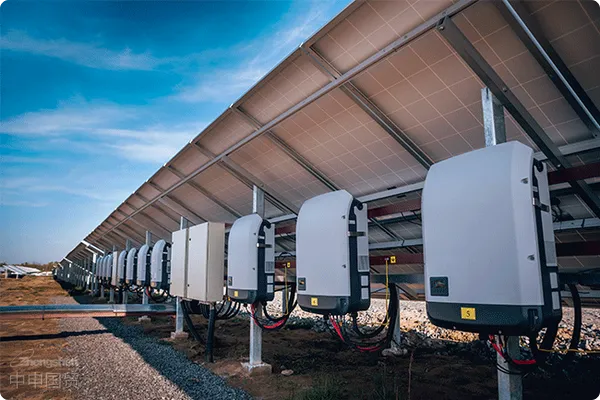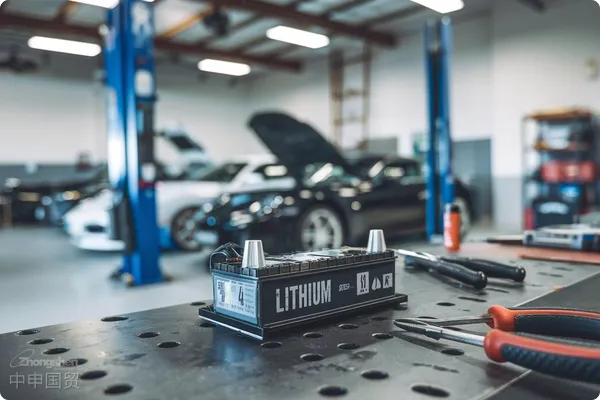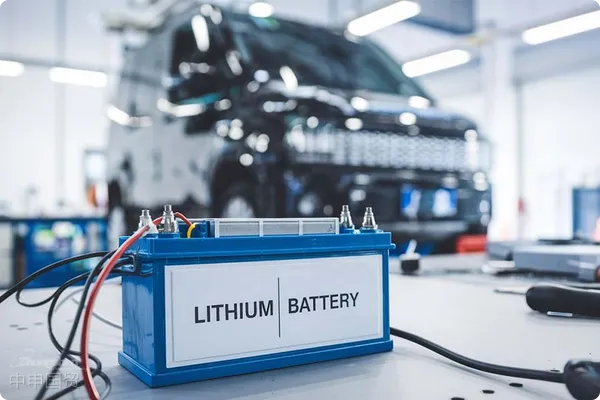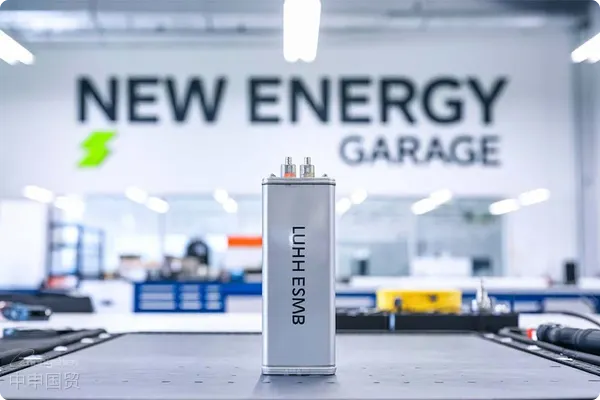- Shanghai Zhongshen International Trade Co., Ltd. - Two decades of trade agency expertise.
- Service Hotline: 139 1787 2118
solarThe global demand for inverters continues to grow, but when entering the EU market, companies must not only monitor market trends but also understand and comply with relevant tariff and shipping requirements to ensure products can enter the target market safely and smoothly.

Solar Inverter Export Trends
According to the latest data, in September 2023, inverter exports amounted to $702 million, a 5% month-on-month decline. Despite the monthly drop, cumulative exports from January to September reached $8.54 billion, a 43% year-on-year increase. In terms of volume, September exports were 4.1 million units, while cumulative exports from January to September were 42.65 million units, a 21% year-on-year increase.
Notably, European markets showed mixed performance in September. Germany performed well, with export volume up 25% year-on-year, while the Netherlands underperformed, with export volume down 43% year-on-year. In Asian markets, South Korea, India, and Japan all saw significant growth in export volume.
EU Tariff Policies
For imports from ChinaphotovoltaicThe EU has established green thresholds covering components of solar power systems such as photovoltaic panels, solar batteries, and inverters. For these products, the EU will impose a 17% sales tax. Therefore, companies planning to enter the EU market must factor this additional cost into their budgets.
Cultural and Religious NormsMaritime TransportationPackaging Requirements
To ensure the safety of inverters during transportation, a series of packaging requirements must be followed:
(1) The packaging materials should be able to withstand various impacts and vibrations along the direction of transportation.
(2) For inverters with specific dimensional requirements, such as cylindrical shapes, the packaging should ensure the products stability inside.
(3) The inverter should have no room for rotation or displacement within the packaging.
(4) The packaging should be intact, with no visible signs of damage or deformation.
Related Recommendations
Category case
Contact Us
Email: service@sh-zhongshen.com
Related Recommendations
Contact via WeChat

? 2025. All Rights Reserved. 滬ICP備2023007705號(hào)-2  PSB Record: Shanghai No.31011502009912
PSB Record: Shanghai No.31011502009912








